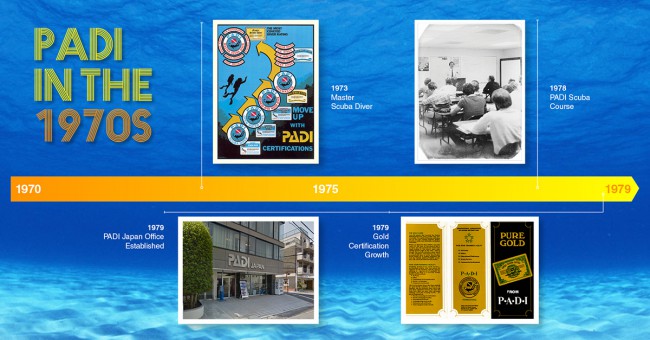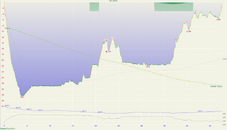DunningKruger
Registered
I was faced with just this dilemma a few days ago. I am here diving in Fakarava, French Polynesia. Overall I've been happy with the dive service and their dive masters. I'm still very new <30 dives.You can call a dive at any time: in bed, on the boat, in the water, whenever.
One dive involves holding on to the bottom in the current before dropping into "Alibaba Canyon" in the North Pass. The DM's instructions were "let me know when your computer says you have 5 minutes of NDL remaining." I did exactly that and got the OK sign in return. But time was ticking and before we the group got started on the ascent (and into the current) my computer went into deco mode (3 minutes at 3 meters). Fortunately it cleared during the ensuing ascent and safety stop. I would have preferred to go up earlier, but doing so would have put me into the current and flushed me well away from the group. Not the end of the world I know, but undesirable from a pickup logistics standpoint. I was also deep into my gas reserve by the time we got to the surface.
Had I been diving on my own with a buddy we wouldn't have cut it nearly this close. But I suspect the DM's computer was less conservative than mine and she never had it go into deco. She'd done this dive enough to know how it would all play out.
I'm headed back to that same site again next week and this time I'll have a more in depth discussion with the DM about this.
Comments and criticisms encouraged.





